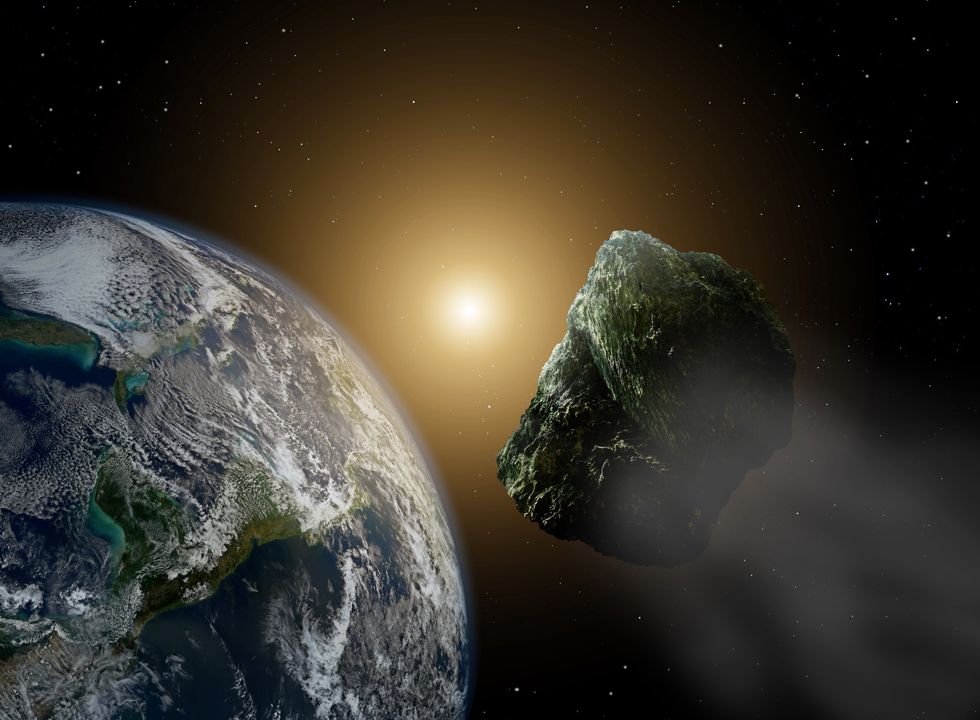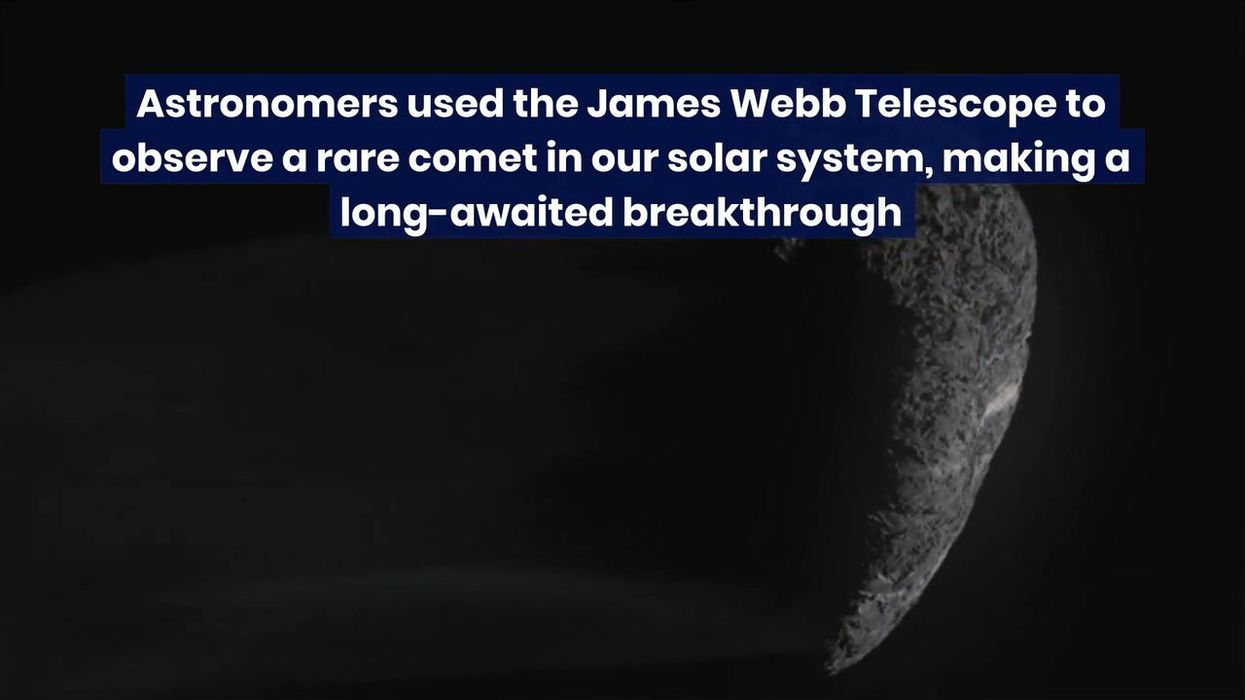Harry Fletcher
Jun 16, 2023
James Webb Telescope Spots Water In Rare Comet
content.jwplatform.com
Ever wondered how water first arrived on our planet? Well, it turns out the mystery could finally have been solved.
Researchers have undertaken detailed analysis of asteroids and the findings could change the way the scientific community think about origins of water on our planet.
Experts at the University of Arizona's Lunar and Planetary Laboratory (LPL) have discovered salt crystals on samples recovered from space.
As their findings state, these crystals could only have formed with the presence of water.
Sign up to our free Indy100 weekly newsletter
The research was undertaken on samples of the asteroid Itokawa in 2005 by the Japanese Hayabusa mission. It suggests that S-type asteroids could be home to more water than previously thought.
The new findings led some scientists to claim that water is likely to have arrived on asteroids when our planet was first being formed.

The senior’s author Tom Zega said: "The grains look exactly like what you would see if you took table salt at home and placed it under an electron microscope.
"They're these nice, square crystals. It was funny, too, because we had many spirited group meeting conversations about them, because it was just so unreal.
Zega added: "It has long been thought that ordinary chondrites are an unlikely source of water on Earth. Our discovery of sodium chloride tells us this asteroid population could harbour much more water than we thought."
Itokawa is a S-type asteroid, and it’s thought that temperatures on their surfaces were too high for water to form.
Shaofan Che, who is the lead study author, said: "In other words, the water here on Earth had to be delivered from the outer reaches of the solar nebula, where temperatures were much colder and allowed water to exist, most likely in the form of ice.
"The most likely scenario is that comets or another type of asteroid known as C-type asteroids, which resided farther out in the solar nebula, migrated inward and delivered their watery cargo by impacting the young Earth."
Have your say in our news democracy. Click the upvote icon at the top of the page to help raise this article through the indy100 rankings.
Top 100
The Conversation (0)














